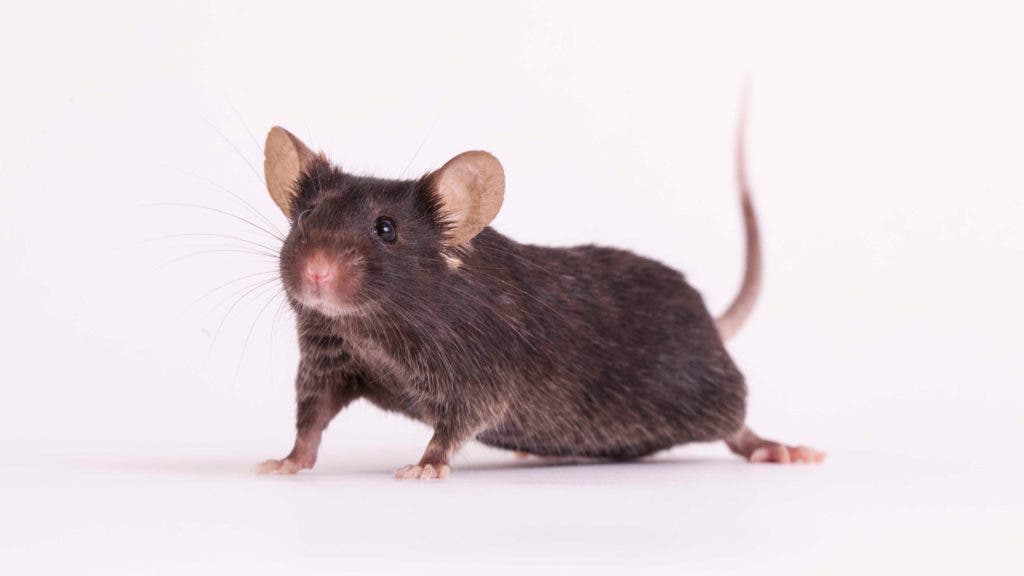
A successful SpaceX docking to the International Space Station (ISS) brought more than the usual supplies. Also aboard the Dragon capsule are 40 genetically modified mice, dubbed “Mighty Mice”, which will be used to test muscle loss in microgravity.
Jacked mice
Two challenges that astronauts face in weightlessness are muscle and skeletal atrophies which can cause heart disease and osteoporosis for long periods of time. This limited muscle growth is caused by a protein called myostatin.
The mice recently sent to the ISS have been genetically modified to lack myostatin and therefore display approximately twice the average muscle mass. The rodents will spend 30 days confined in an experiment which will study how microgravity affects their muscles and bones.
Scientists are hoping that the research will bring to light the method of blocking the protein which should counter the effects of microgravity as well as used to treat patients recovering from hip fracture hip surgery, intensive care patients as well as the elderly.
“This is a project that I’ve been trying to get off the ground, so to speak, for many, many years,” said researcher Se-Jin Lee, a professor at the Jackson Laboratory for Genomic Medicine, who is leading the study.
“To see it all come together now is nothing short of amazing. The knowledge we gain about microgravity’s effects on muscles and bones will help us to enhance the health of astronauts – both in space and on Earth, and also better understand the promise that myostatin inhibitors hold for the elderly, people who are bedridden, and for people experiencing muscle-wasting related to diseases like AIDS, ALS, cancer, and so many others,” he added.
Lee discovered the myostatin gene in 1997, and was the first to show myostatin’s role in regulating muscle growth. His space-based project, funded by a competitive grant from the Center for the Advancement of Science in Space will explore the new angle on the role of myostatin.
The launch will be the 19th SpaceX Commercial Resupply Services contract mission for NASA and is also carrying a number of other experiments to the ISS, including malting barley in microgravity for beer, launching new communication satellites, understanding the spread of fire in space and measuring gravity.
The new Falcon 9 booster lifted the payload to the ISS from Space Launch Complex 40 at Cape Canaveral Air Force Station, Florida. Take-off was originally scheduled for Wednesday but was delayed almost 24 hours by high altitude winds and choppy seas that could have impacted the droneship landing pad in the Atlantic Ocean. The booster then had a successful landing aboard SpaceX’s Of Course I Still Love You platform.


